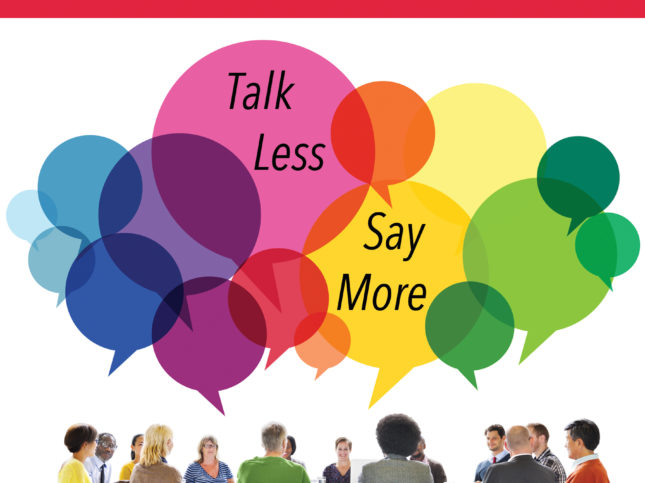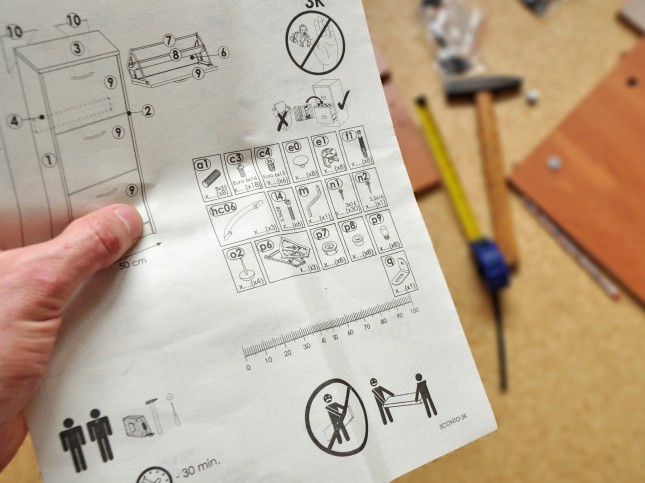Transparency Is a Fundamental Key to Lean Communication
Taiichi Ohno, a founding father of lean thinking, said, “Eliminating waste is not the problem. Identifying it is.” Although he was referring to manufacturing, the same thing applies to communication. The surest way to identify waste is to be as transparent as possible, both to the listener and to yourself. It also can contribute directly to value.
Transparency adds value: Transparent communication adds more value in the form of better outcomes and stronger relationships. Outcomes can be better because it helps both parties align more quickly on a shared goal, and common view of the situation. Two heads are only better than one when they are working together, and that’s most likely when they can clearly grasp each other’s thinking. Transparency also leads to more trusting conversations and relationships in three ways: it reduces suspicion, makes you more authentic, and invites reciprocity.
Transparency reduces waste: Transparency reduces three major forms of waste in communication: time, effort and errors. When people are clear about your purpose and the logic behind it, they get it faster and expend less mental effort, and it’s far less likely that you will have misunderstandings. Surprises, problems and misunderstandings surface much more quickly and even if the other party disagrees with you, they are more likely to let you know where they stand, and specifically why and how they disagree.
How to be transparent
If you think of every communication as a pyramid, you can ensure transparency at all levels; begin with your bottom line at the top, lay out your logic at the next level, and then support it with a clear base of evidence.
Make your purpose and motives visible
Lean communication is not a joke, which is why it starts with the punchline. Be very clear about your ask at the beginning of any communication. This directness and transparency is both respectful and efficient. It’s respectful because it allays suspicion and confusion, which is what people will feel if they’re unsure what you want from them. It’s efficient because if they know your intent early, it makes it easier for them to process and understand your reasoning. It saves time because they will listen until they’ve heard enough; it also surfaces objections early, so you can deal with them.
Show your logic
Make your work visible by making your thinking visible. You can do this in several ways. Up front, you can give a synopsis of your position or even lay out a formal agenda. During the conversation, use signposts so that it’s clear where you are in the story or argument. Besides making it clear to the other person, you make it clear to yourself because sometimes you don’t know what you truly think about something until you try to put it on paper, which I discover almost every time I write a blog post or prepare a presentation.
Be clear in your words
Use common, short and concrete words whenever it’s possible to do so without losing precision. It’s easy to talk over someone’s head, either inadvertently when you forget that they don’t know as much about the topic as you do, or on purpose, when you try to make yourself sound more intelligent by puffing up your vocabulary. Of course, you don’t want to overcorrect and talk down to your audience, which is why it’s important to use outside-in thinking to better understand what will resonate, and this includes using analogies and examples that your audience is most familiar with.
Use the pull system
Like a manufacturer trying to forecast demand, you can never be sure you’re delivering just the right information at the right pace to the right people, so your ultimate tool is the pull system—let your listeners pull the information they need to receive value. Encourage them to interrupt with questions to clarify things you say, or to ask for more or less information on a particular topic. Since a lot of people are afraid of “asking a dumb question”, you also have to be constantly paying attention to their reaction, so you can draw them out when you see that they’re getting confused.






